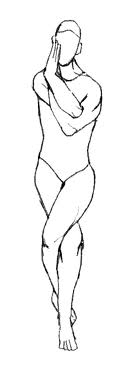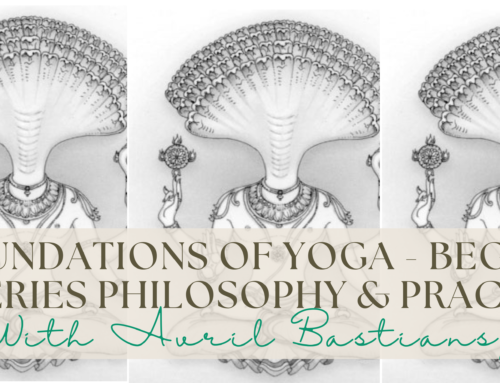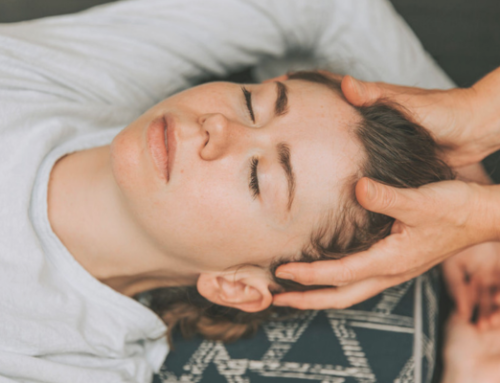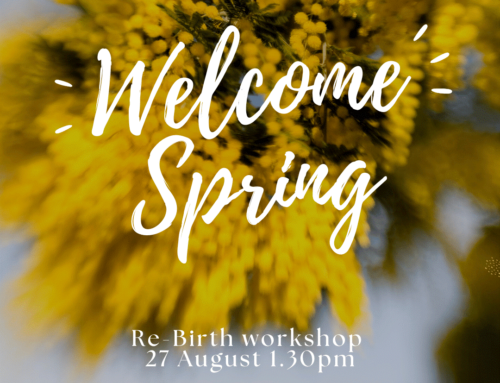By Atira Tan
Anusara Inspired Yoga Teacher
500 hours YTT
In our busy lives today, with our day-to-day responsibilities of relationships, children and work, it can be challenging finding balance in daily life. We live in a society that encourages us to do things quickly and be productive, and our state of happiness and validation comes from achieving, instead of focusing on cultivating an inner contentment and happiness. When that happens, our inner needs can often feel out of balance when we disconnect ourselves from what we really need on the inside to nourish and nurture ourselves back to wholeness.
Our inner needs may include having time for quality relationships, time to acknowledge and process our feelings, and having time to connect with ourselves spiritually and emotionally. Having a more balanced outlook involves living more from the heart, and balancing the external and personal needs with those of our spirit.

On a physical level, a good foundation for balancing leg poses, as with life, starts with the feet. In Anusara Yoga, the first alignment principle we teach is opening up and setting the foundation In one legged balance, we want the weight distributed evenly between all corners of the feet. Spreading the toes gives us a wider base, and lifting the arches supports our ankles. If the arches are collapsing down and the inner ankle is rolling in (pronation), then balancing will be more difficult. Likewise, on an emotional level (yoga being a reflection for life), if we do not stabilize and ground and find time to process and feel our emotions, we will find it more challenging being present and balanced in ourselves and with those around us.
In Anusara Yoga, we use the principle of cultivating muscular energy, or strength, to help stabilize, and find our center. Our Madhya, or center, is found in the midline, our spine. This very important center is also the energetic channel called Sushumna, that align all our major chakras. The simple exercise of hugging your muscles in a leg balance towards the midline, the center of your body, can support you in finding balance and a greater sense of stability. Practicing a couple of balancing poses in your home practice can support you in finding more clarity in yourself, stability in your body, and being present and non-reactive with others.
The key to mental balance and equanimity is to cultivate awareness in the moment no matter what. This enables us to tap into the stillness and peace that is at the center of our being. From this center we are able to respond more skillfully and gracefully to the situations around us.
In his book A Path with Heart, Jack Kornfield wisely writes: “True equanimity is balance in the midst of experience. With equanimity, the heart is open to touch all things, both seasons of joy and sorrow.”
Atira Tan teaches yoga and meditation and is an Expressive Art Therapist in Melbourne. She is an Anusara Inspired Yoga Teacher and is passionate about the journey of healing and transformation through the practice of yoga, breath and meditation. She can be contacted at atira.shri.yoga@gmail.com and will be teaching in the upcoming Evolve Yoga Festival in March 2012.
Please rate this wake up world post using the stars below. Your ratings will provide us a better understanding of topics that are important to our readers.
We also wish to thank everyone for their continued support of Kundalini House and the Kundalini Houses Blog. Sat Nam.







Leave A Comment